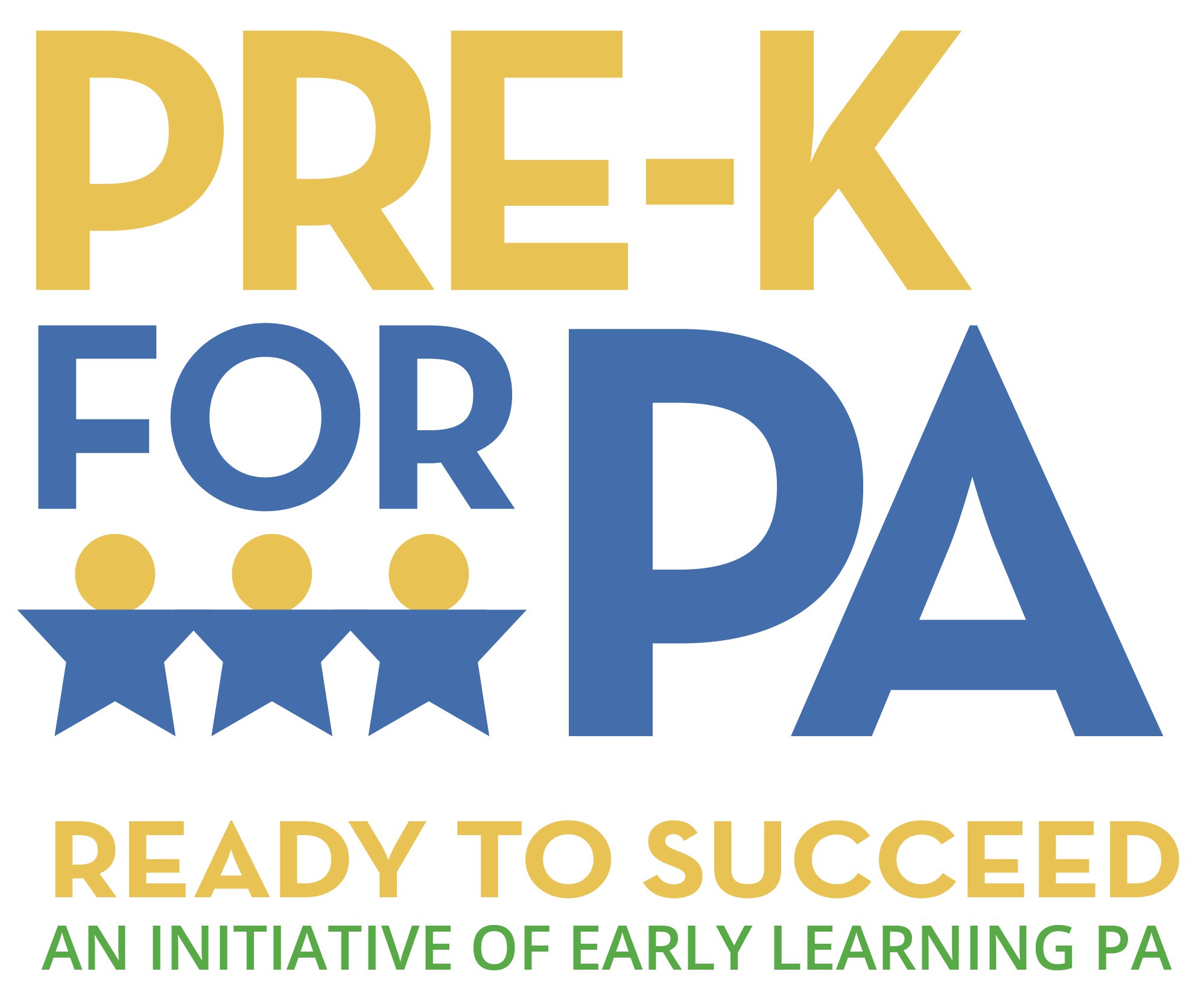York Dispatch: New tool maps local pre-K data
December 14, 2016 by Alyssa Pressler
A report and a new online mapping tool from Pennsylvania Partnerships for Children highlights the publicly funded pre-K education opportunities, and lack thereof, in local areas.
The report and mapping tool, both titled “A Path Forward,” were released Wednesday to the public. The report, which can be found on the organization’s website, says 112,900 eligible preschool-age children statewide are not served by publicly funded pre-K opportunities.
This data states 68.4 percent of students in rural school districts have an unmet pre-K need, 51.2 percent of students in urban school districts have an unmet need and 74.2 percent of students in suburban school districts have an unmet need.
According to the report, all data was provided by the PA Kids Count Data Center, which is a project of the Annie E. Casey Foundation that tracks a number of data sets to follow the “well-being” of children in the United States, according to its website.
With the report came the release of an online mapping tool for the state in which users are able to see specific data on pre-K in their school district. Information they can view includes the number of children ages 3 to 4, eligible children for publicly funded pre-K, the percentage of students enrolled in publicly funded pre-K, the percent of students unserved, the number of high-quality pre-K locations and the number of additional pre-K classes that would be needed to serve the entire eligible population.
Past reporting by The York Dispatch has revealed that 84 percent of York County 3- and 4-year-old children do not have access to high-quality pre-K. Families in need are hit the hardest when it comes to access: nearly 60 percent of children without access to high-quality pre-K education are in families with incomes below 300 percent of the poverty line.
York City School District has the lowest population of children not served by publicly funded pre-K, because pre-K classrooms are in each K-8 building in the district. Each of the seven K-8 buildings has at least one pre-K classroom, and many offer several. The district has stated its goal is to have a pre-K spot available in its program for every 4-year-old in the city.
Spring Grove Area School District and South Western School District have the highest rate of children not being served by publicly funded pre-K programs, both at 100 percent, because of the lack of publicly funded pre-K programs in those districts either through the public school or through organizations such as Head Start of York County.
Below, in descending order, are the rates of students not served by high-quality, publicly funded pre-K education in each of York County’s school districts.
South Western School District: 100 percent
Spring Grove Area School District: 100 percent
Red Lion Area School District: 97.2 percent
Dover Area School District: 96.1 percent
Dallastown Area School District: 95.1 percent
West Shore School District: 94 percent
Eastern York School District: 91.8 percent
Southern York County School District: 91.5 percent
Northern York County School District: 90.9 percent
West York Area School District: 89.1 percent
Central York School District: 85.4 percent
Northeastern York School District: 70.6 percent
Hanover Public School District: 70.1 percent
South Eastern School District: 68 percent
York Suburban School District: 67.4 percent
York City School District: 30.9 percent
Read the article here.





